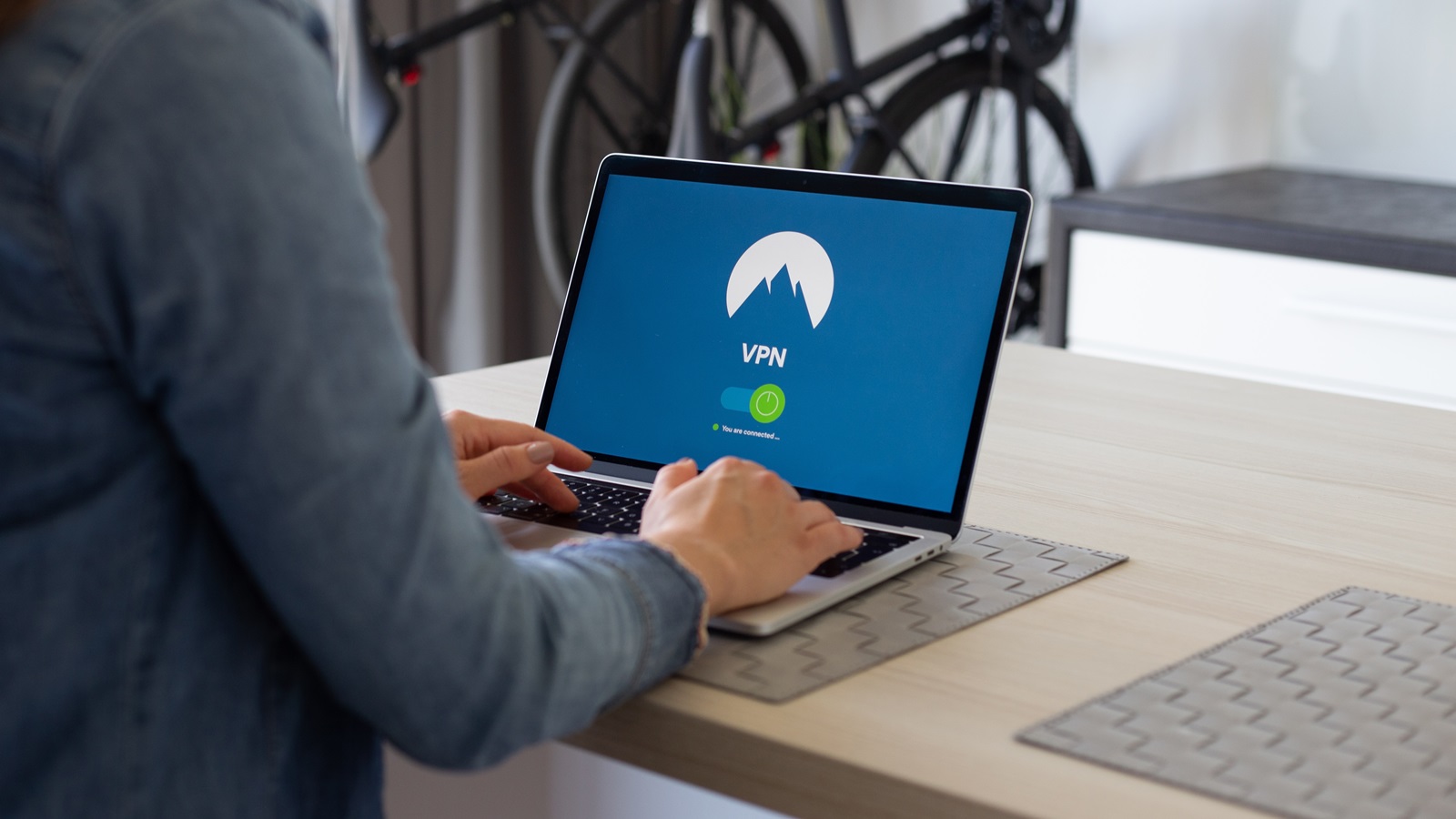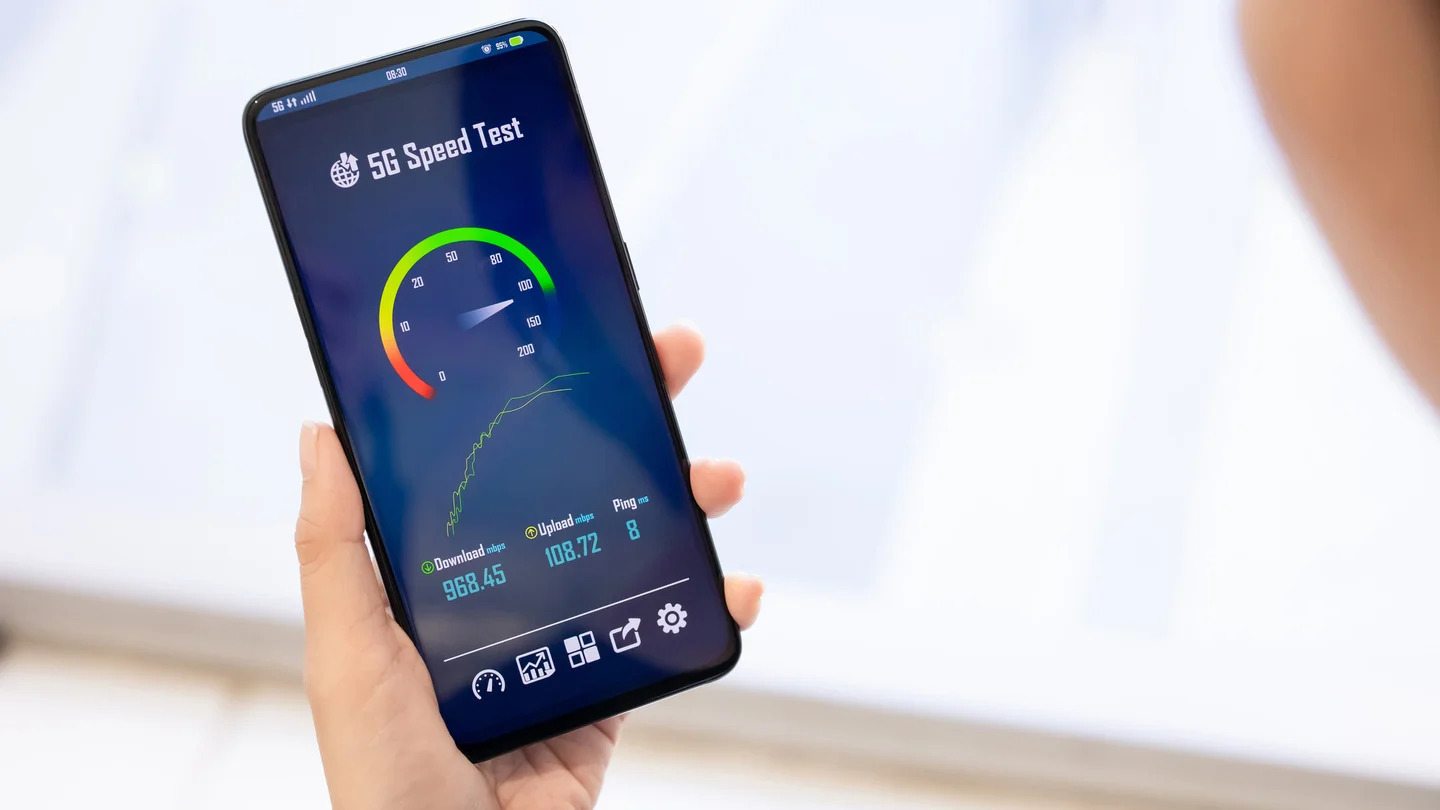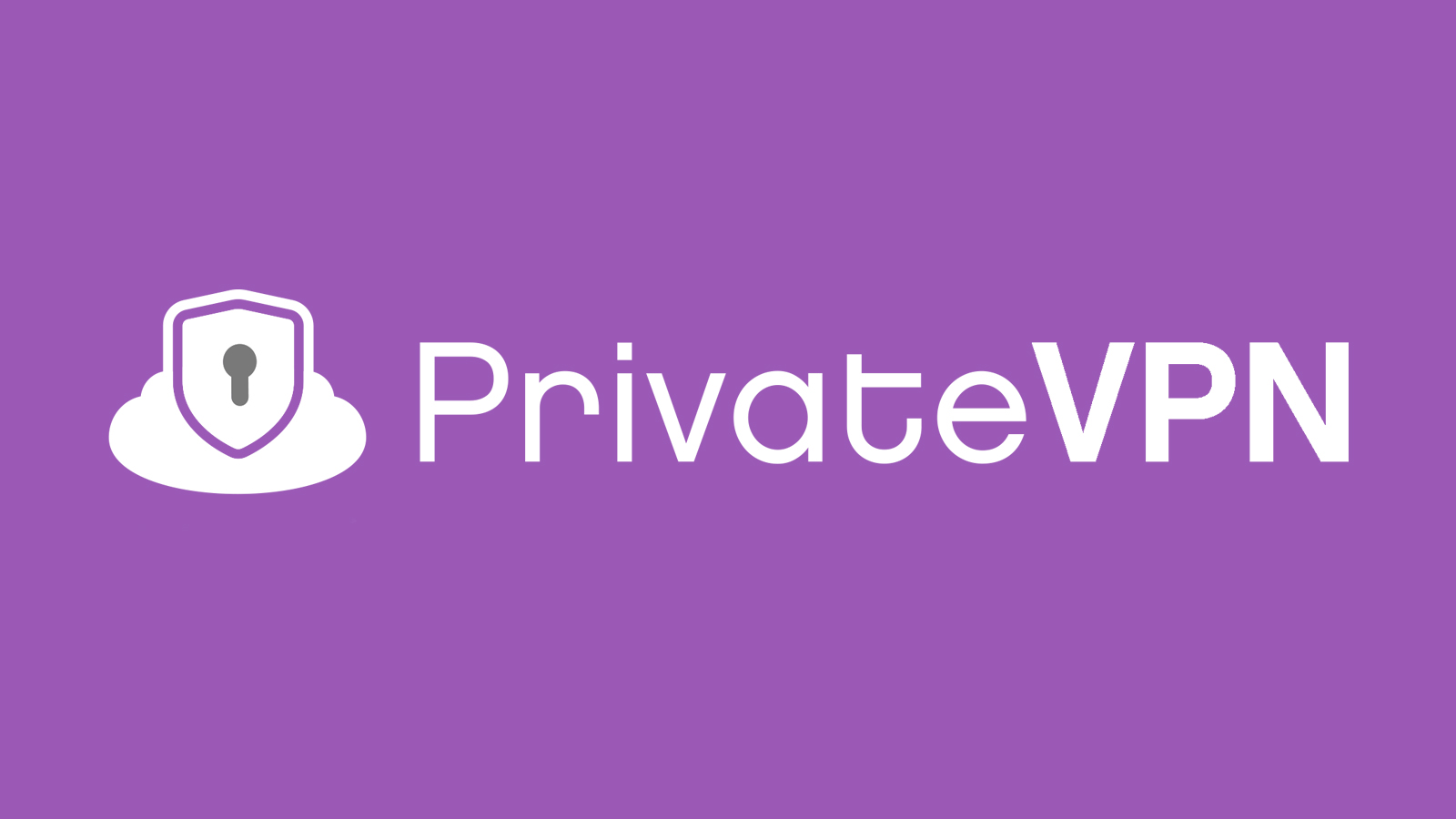Home>Software and Apps>Solving the Issue of VPN with No Internet Access


Software and Apps
Solving the Issue of VPN with No Internet Access
Modified: September 5, 2024
Looking for solutions to fix VPN with no internet access? Explore our comprehensive guide for troubleshooting software and apps connectivity issues. Achieve seamless browsing with our expert tips.
(Many of the links in this article redirect to a specific reviewed product. Your purchase of these products through affiliate links helps to generate commission for Techsplurge.com, at no extra cost. Learn more)
Table of Contents
Understanding the Problem
When using a Virtual Private Network (VPN), encountering issues where the VPN connection is established but internet access is unavailable is not uncommon. This problem can be frustrating, especially if you rely on your VPN for secure browsing. Here are some key points to consider:
Common Causes
- DNS Configuration Issues: Incorrect DNS settings may prevent your device from resolving domain names, leading to no internet access despite a VPN connection.
- VPN Configuration: Incorrect settings, outdated protocols, or compatibility issues with your network can cause problems.
- Network Interference: Other devices or network configurations might interfere with your VPN connection.
- Firewall and Antivirus Software: Sometimes, firewalls and antivirus software block VPN traffic, preventing internet access.
Step-by-Step Solutions
Check DNS Configuration
- Disconnect from the VPN: Ensure you are not connected to the VPN.
- Reset DNS Settings: Go to your network settings and reset the DNS cache.
- Verify Internet Connectivity: Use tools like
pingto verify internet connectivity without the VPN. Ping external IP addresses like1.1.1.1or8.8.8.8.
If replies from the ping command are received, the connection works, and the issue is likely related to DNS. If not, proceed to the next step.
Resolving DNS Issues
- Reset DNS Cache: Disconnect from the VPN and reset the DNS cache through your operating system’s network settings.
- Configure OpenDNS: If resetting the DNS cache does not resolve the issue, configure OpenDNS to resolve DNS requests. Be aware that using OpenDNS may be considered a DNS leak.
- Check for Proxy Settings: Ensure proxy settings are disabled, as they can interfere with your VPN connection.
- Use a Different Browser: Try browsing with a different browser to see if the issue is specific to one browser.
- Start Browser in Safe Mode: Start your browser in safe mode with all addons/plugins disabled. In Chrome, this can be done by opening an incognito window.
If any of these methods allow internet access, the issue likely lies with your browser configuration.
Check VPN Configuration
- Check VPN Protocol: Ensure a compatible VPN protocol is used. Some protocols like OpenVPN might require specific settings or configurations.
- Verify Server Status: Check the status of the VPN server. Sometimes, servers may be down or experiencing issues.
- Check Firewall and Antivirus Settings: Ensure firewall and antivirus software are not blocking VPN traffic. Sometimes, these programs block VPN connections by default.
Network Interference
- Restart Router: Restart the router to ensure it is functioning correctly.
- Check for Interference: Check if other devices on the network are interfering with the VPN connection. Sometimes, devices like smart home devices or IoT devices cause interference.
- Use a Different Network: Try connecting to a different network to see if the issue persists.
Diagnostic Logs
If none of the above steps resolve the issue, submitting VPN diagnostic logs to your VPN provider may help them diagnose the issue more accurately.
Additional Tips
- Regularly Update VPN Software: Regularly update VPN software to ensure the latest security patches and features are in place.
- Use a Reliable VPN Provider: Choose a reliable VPN provider with good customer support and a reputation for resolving issues quickly.
- Monitor Network Activity: Monitor network activity while connected to the VPN to identify any unusual traffic patterns that might indicate an issue.
By following these steps, you should be able to resolve the issue of VPN with no internet access and enjoy secure browsing with your VPN connection.















